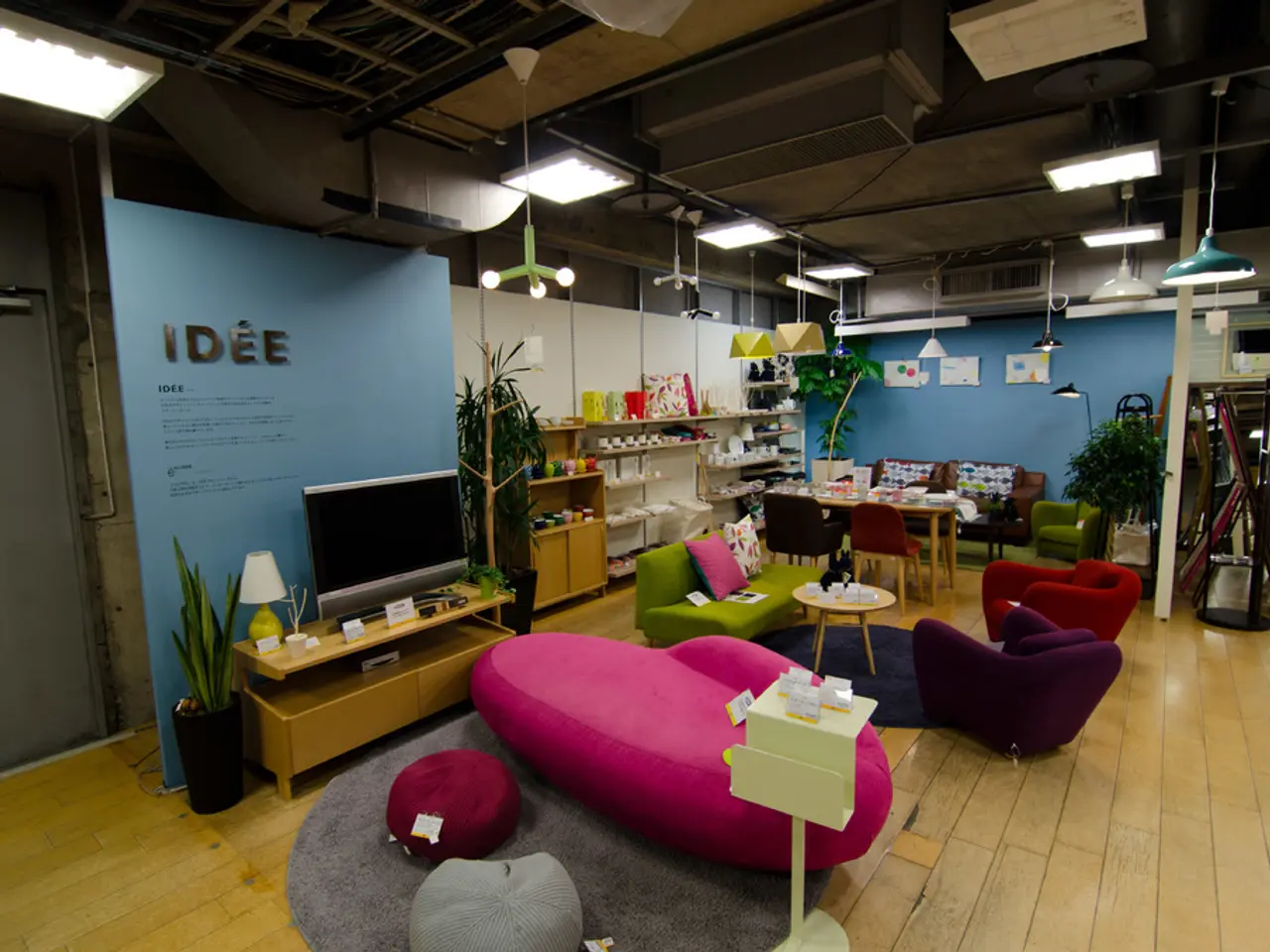Home Automation Systems Explained: Function and Operation
In the realm of smart home technology, two primary solutions stand out for managing multiple devices: smart speakers and dedicated smart home hubs. While smart speakers like Amazon Echo, Apple HomePod, and Nest Audio provide convenience and voice control, a dedicated smart home hub offers superior flexibility, reliability, and broader device support for complex smart home setups.
Broader Device Compatibility and Protocol Support
Dedicated smart home hubs, such as the TP-Link Tapo H500 Smart HomeBase, typically support a wide range of communication protocols, including Zigbee, Z-Wave, and Matter. This enables connection to a diverse ecosystem of smart sensors, locks, lights, and other devices from multiple brands. In contrast, smart speakers generally rely on cloud-based control and support fewer protocols natively, often limiting direct device interoperability.
Local Automation and Faster Response
Many dedicated hubs, like the Tapo H500, enable local processing, allowing smart home routines and automations to run without relying on cloud servers. This can result in faster response times and better reliability, especially if internet connectivity is limited or interrupted. Smart speakers generally depend on cloud services for smart home functions, which can introduce latency and service dependency.
Advanced Custom Automation
Dedicated hubs often provide more sophisticated options for creating custom routines and complex automations. They may offer user-friendly apps or programming interfaces for tailoring how devices interact, beyond simple voice commands or preset routines available on speakers.
Security and Privacy
Because dedicated hubs can process commands locally and reduce dependence on cloud infrastructure, they may provide enhanced data privacy and security. Some users prefer hubs that limit cloud exposure and keep smart home data within their own network.
Centralized Control with or without Voice
While smart speakers combine voice assistant features and audio playback, dedicated hubs focus purely on managing devices and automation. This can be advantageous if a user prefers using smartphone apps, dedicated control panels, or voice assistants independently rather than relying on a speaker for all interactions.
The TP-Link Tapo H500 Smart HomeBase acts as a hub for Tapo security cameras and systems and communicates with smart home products from other companies, thanks to Matter. Other hubs, like the Samsung SmartThings Hub and Aqara Hub M3, are compatible with multiple wireless technologies and can help improve interoperability in smart home systems.
Ikea's Dirigera hub now supports Matter, enabling it to work with various smart home devices beyond Ikea products. Apple is rumoured to be working on a smart home hub that blends an iPad with a HomePod, which would make it easier to create a HomeKit system and communicate with all HomeKit-compatible devices from other manufacturers.
In summary, while smart speakers provide convenience, voice control, and audio features integrated with smart home management, a dedicated smart home hub excels in flexibility, reliability, and broader device support for complex smart home setups. Whether a user prioritizes audio experience and voice assistant integration or prefers advanced automation and multi-protocol devices, the choice between smart speakers and dedicated hubs depends on individual needs and preferences.
Dedicated smart home hubs like the TP-Link Tapo H500 Smart HomeBase, offer centralized control with or without voice, supporting a wide range of communication protocols such as Zigbee, Z-Wave, and Matter, thereby enabling connection to a diverse ecosystem of smart devices from multiple brands.
Advanced custom automation is another advantage of dedicated hubs, providing user-friendly apps or programming interfaces for tailoring how devices interact, beyond simple voice commands or preset routines available on smart speakers.




